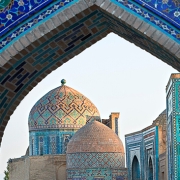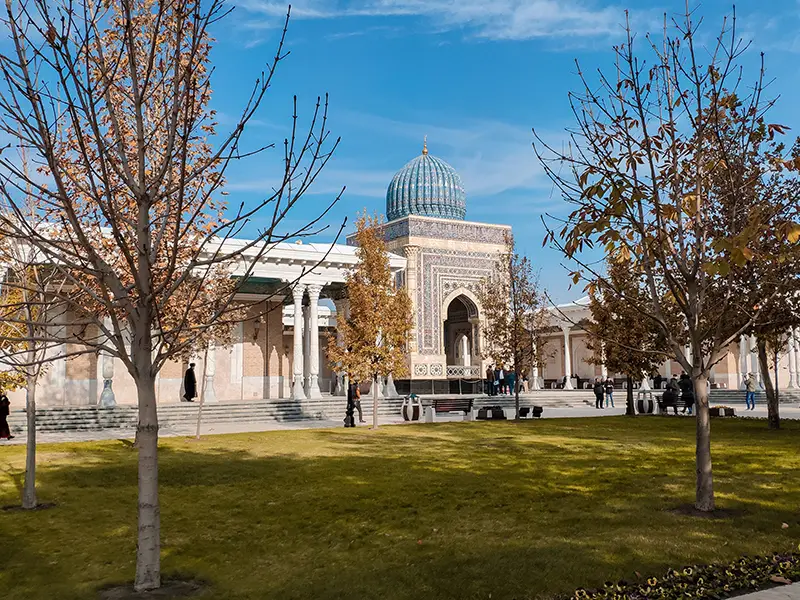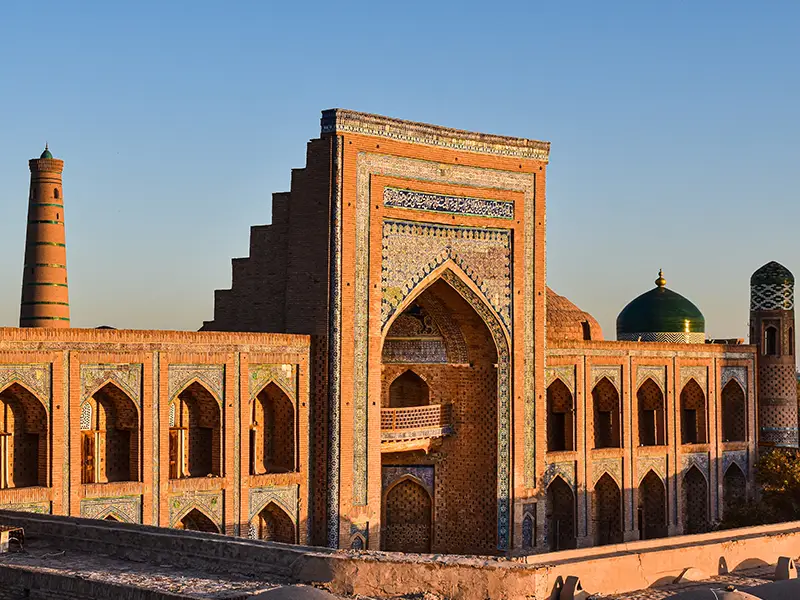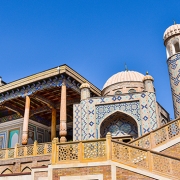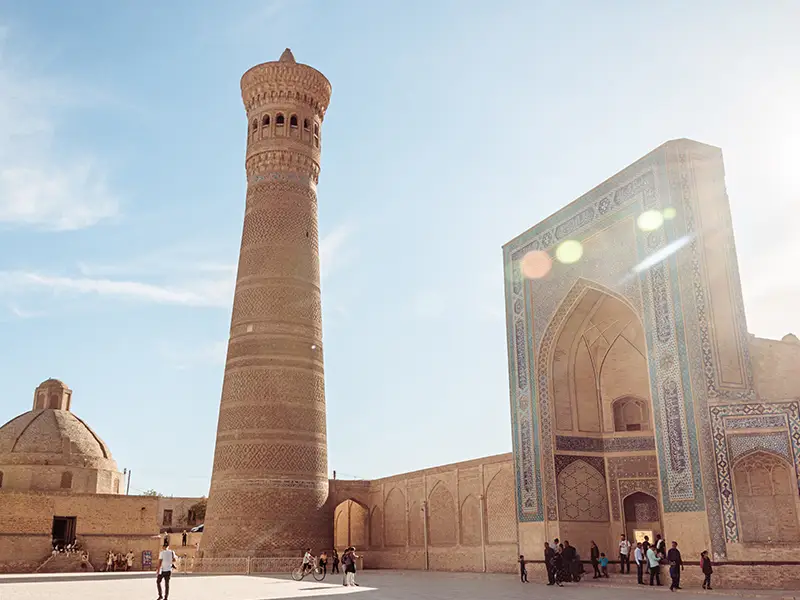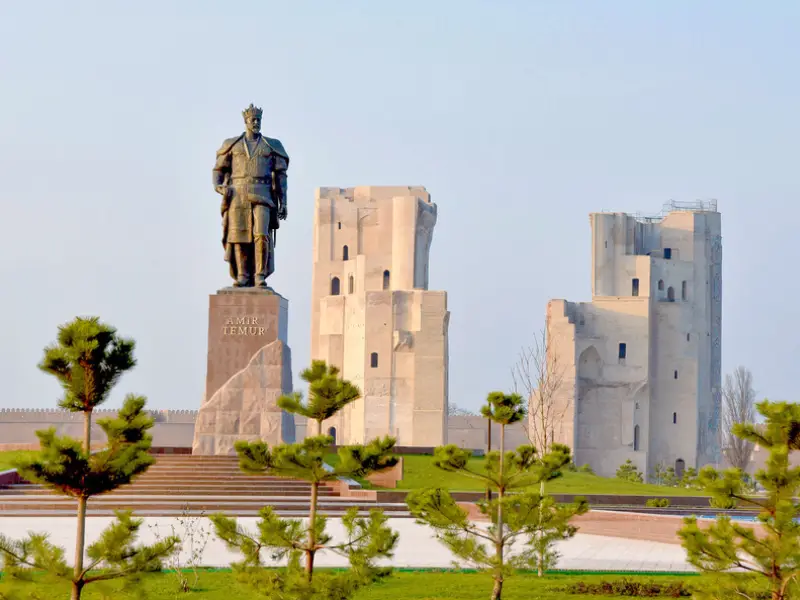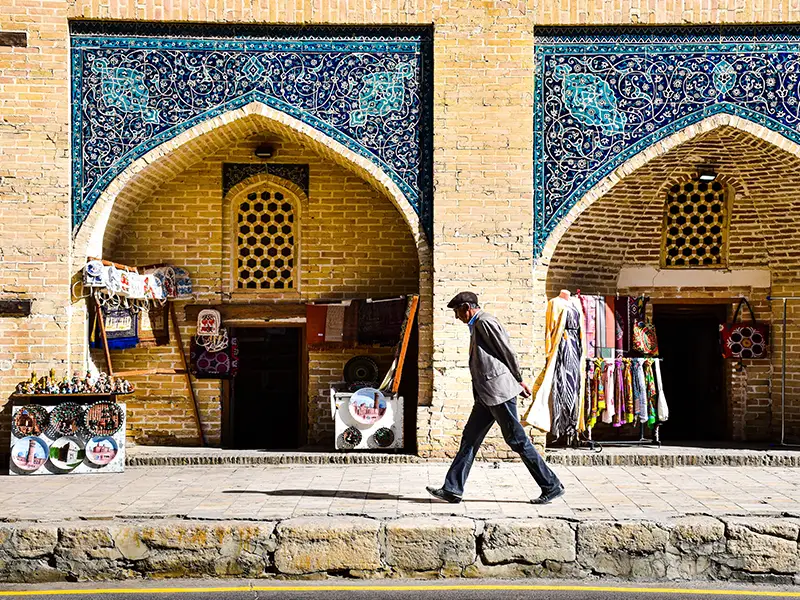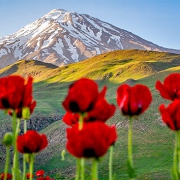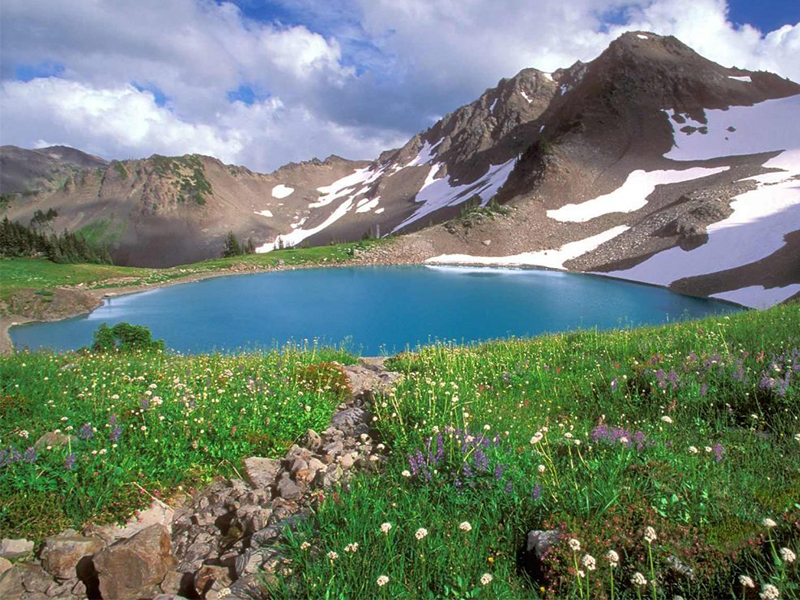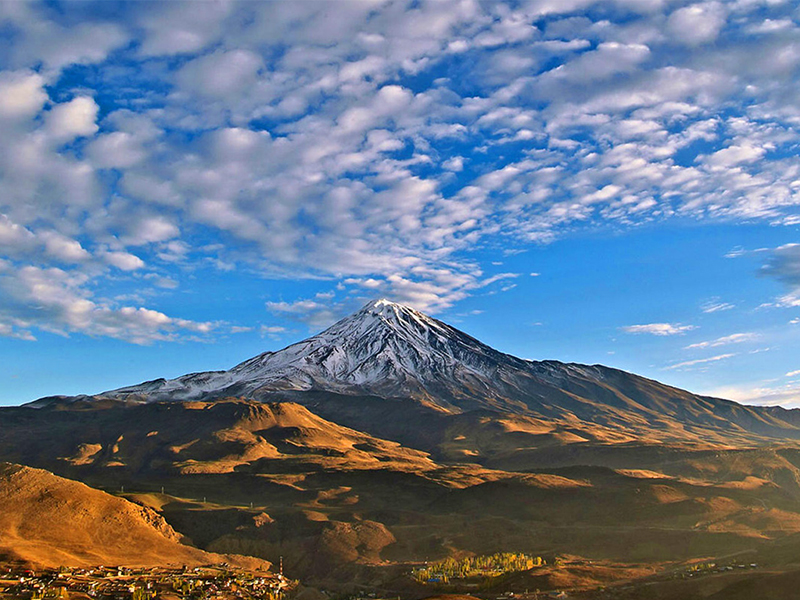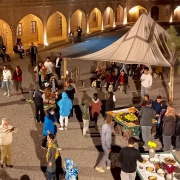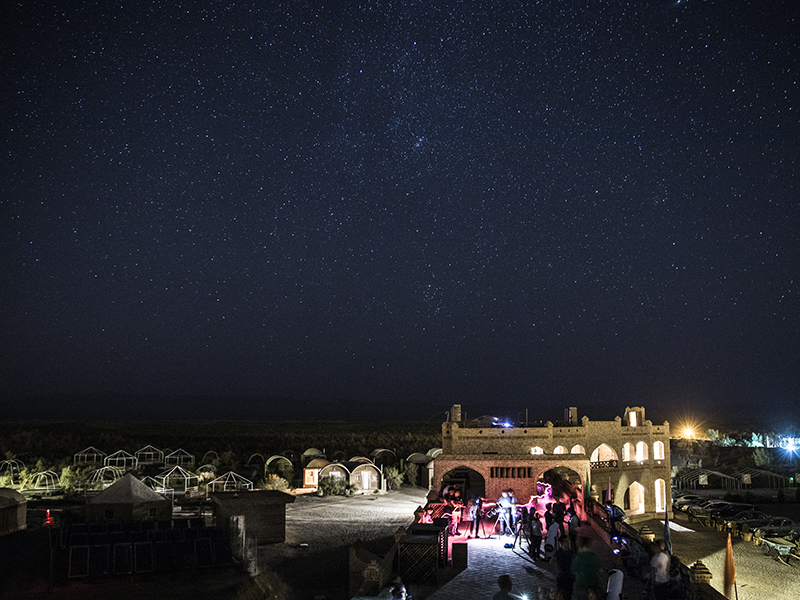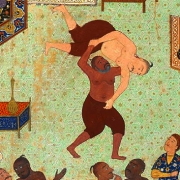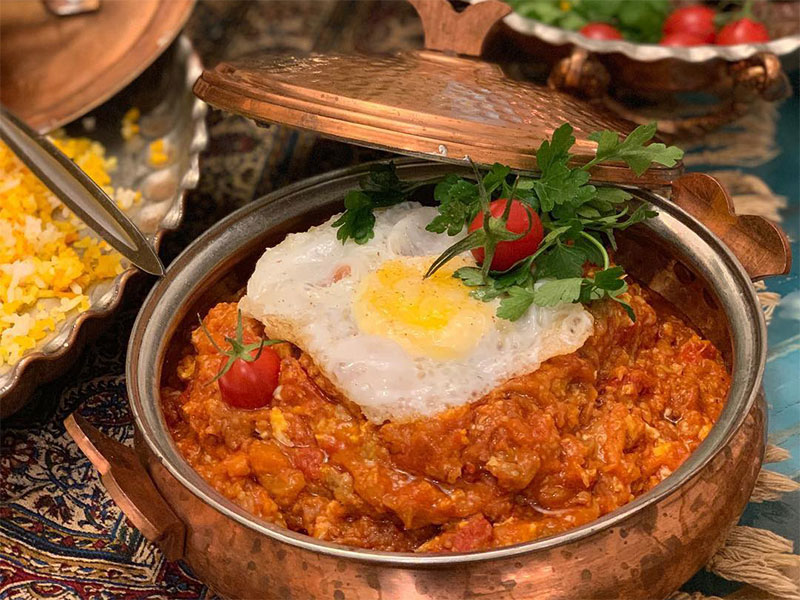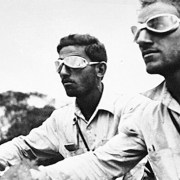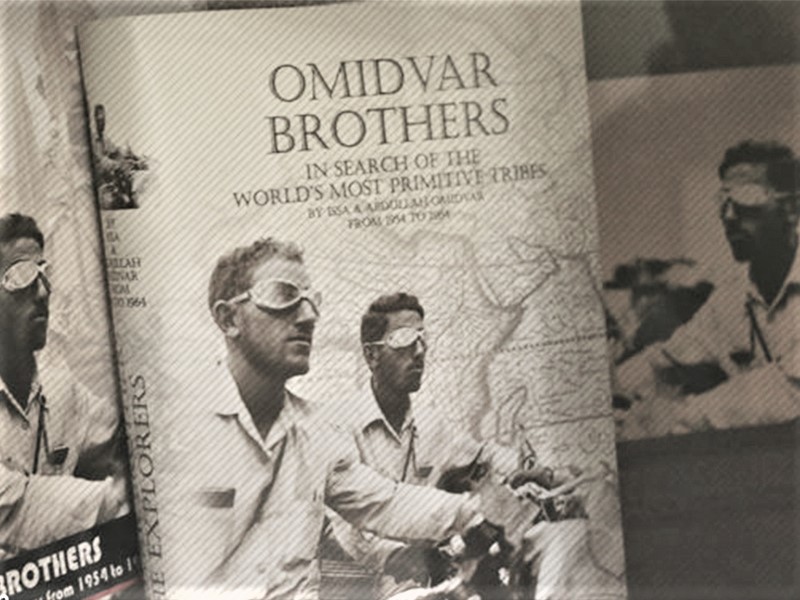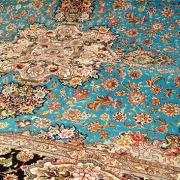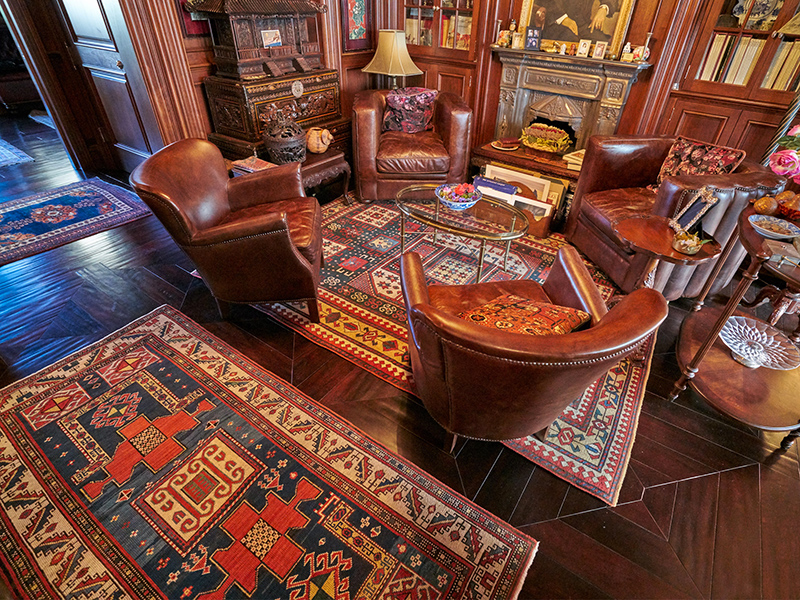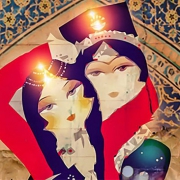Towns and Cities in Uzbekistan: Capital, Oldest City & more
Uzbekistan, an urban country located in central Asia, is a place with rich history and distinguished archeological sites. The vivid nature and the magnificent structures built in the city centers and the rural areas in undoubtedly a must-see for travelers. Uzbekistan cities each have a different story to tell with legends told by its hospitable people. Here we will recommend some of the best Uzbekistan popular cities excellent for an amusing trip.
Tashkent: The Cosmopolitan
The capital of Uzbekistan is home to multiple ethnic groups such as the Uzbeks, Kazakhs, Armenians descendants of Mongol nomads, Tajiks, and many other groups. Tashkent, now a cosmopolitan, was once the place of trading for the Indian and Chinese merchants who crossed the Silk Road to Europe thousands of years ago. The famous ancient Bazaars are a remarkable representation of the history of this commercial city. Businessmen often visit this famous city, and because of this, Tashkent offers many grand landmarks.
Some popular attractions of the city are The Alley of Writers in Tashkent, The State Museum of Timurids History, The Khazrati Imam complex, The Sacred Heart of Jesus Cathedral, and many more. Tashkent is one of the oldest Uzbekistan cities, which is approximately 2,200 years old. The city’s architecture combines both modern and historical styles to cherish the past. Tashkent has two international airports, along with the first metro station opened in Central Asia in 1977 with a unique interior design. Located in the main town square is the statue of Amir Timur, the ruler of the Timurid Dynasty, built in 1966 after the independence of Uzbekistan.
Bukhara: The Ancient City for Trading
Bukhara is well-known for being the heart of Islamic Culture. Another of one Uzbekistan city to visit to sightsee and learn about the magnifying archeological sites of the country is undoubtedly Bukhara. This beautiful city is 2,500 years old and is inscribed in the UNESCO World Heritage Site List. If you are a fan of oriental architecture and culture, this place will be a perfect destination.
Bukhara has various sites, which illustrate its traditions, like ancient citadels, mausoleums and tombs, historic centers of trade and crafts, outstanding minarets, mosques and madrassas of the east, and an architectural complex called Poi-Kalon, acknowledged by the Shanghai Cooperation Organization as the “Eighth Miracle”. Osh-Sophie is the main cuisine of Bukhara, so do not forget to try this tasty dish!
You can purchase Uzbekistan Souvenirs from Bukhara from different shops and workshops. This specific city of Uzbekistan is the source of all the handmade woven items. Finding vibrant silk fabrics and carpets along Lyabi-Hauz Square, as well as the shopping domes will certainly be a pleasant discovery. The climate in Bukhara is cool during winter and dry during summer.
Samarkand: The Oldest City
Recognized as one of the oldest cities on earth, this beautiful city was conquered by Alexander the Great and later demolished by Genghis Khan of Mongolia. However, the city was brought back to life again and made the capital city of Uzbekistan by Tamerlan in the past years. The Uzbeki Poets and Philosophers have given Samarkand many names like the face of the earth, the pearl of the east, the garden of the soul, and so on. Moreover, Samarkand was included in the UNESCO World Heritage Site List during the 21st century with the name “Samarkand – Crossroads of Cultures”.
The historic ruins and spots in Samarkand will definitely inspire anyone interested in oriental architecture. The Ulughbek Madrasah, Sherdor Madrasah, the Memorial Ensemble Shakhi-Zinda, Registan Square, and The Cathedral Mosque of Tamerlane – Bibi Khanum mosque are several sites among the attractions of Uzbekistan cities. Samarkand is also famous for its special cuisine. Pilaf, Kebabs, and Manti are the dishes of this wonderful city. Additionally, the locals bake the Samarkand flatbread, which can be stored for long periods and not get moldy or stained.
Khiva: The Oasis
Khiva is a city adorned with clay buildings and memorable tall walls constructed thousands of years ago. Khiva’s most treasured attractions are The Main fortress – Ichan-Kala, Kunya-Ark fortress, Dishan-Kala fortress, Palaces and residences of Khiva rulers, the State Puppet Theater, Avesta Museum, Ancient caravanserais and baths, and more than 100 ancient mosques and madrassas, minarets, mausoleums to sightsee. The palace you may want to visit is Nurullabay Palace, as well as Kunya-Ark Fortress and Paklavon Makhmud Mausoleum. Ichan Kala is truly an awe-inspiring historic town in Khiva made of clay belonging to centuries ago. The town once embraced numerous madrassahs, mosques, minarets, cells, craft workshops, and Inns for public use. Today, it is an ancient ruin praised by its people as one of Uzbekistan’s gems.
Shakhrisabz: Homeland of Amir Timur
Another exceptional city on the list of Uzbekistan cities is Shakhrisabz, situated approximately 80 km south of Samarkand. This city was founded almost 2,700 years ago, around the time of the Achaemenid Empire in Persia. The historic center of Shakhrisabz was inscribed in the UNESCO World Heritage Site List. Its name translates to “Green City” in Uzbeki because of its spirited nature and flowers. We recommend Ak-Saray Palac, a monument built in 1380 with the architectonic of the medieval era, which lasted for 24 years until the death of Amir Timur. The Kok Gumbaz Mosque / Dorut Tilovat (Dorut Tilavat) Complex, a Friday Mosque, meaning “Blue Dome” was built by Ulugh Beg in 1437. It was a place of meditation for the people and later turned into a mausoleum for the founder. The Tomb of Timur is an underground chamber discovered in 1943. It is a room containing a stone casket with inscriptions illustrating the tomb erected for Timur.
Uzbekistan is surely a country full of valuable structures with embellished vibrant colors of its flora. These Uzbekistan cities are of great importance to its people and are regarded as the finest tourist attractions. Don’t miss out on the latest tours to these top cities of Uzbekistan!
Are you planning to travel to Uzbekistan? Check our Uzbekistan tour.

